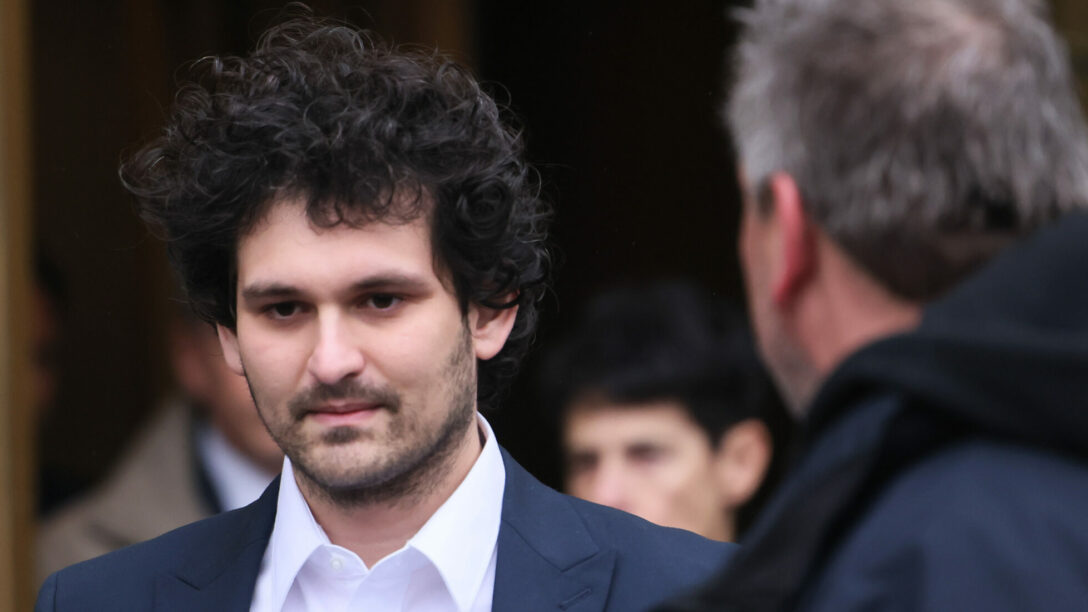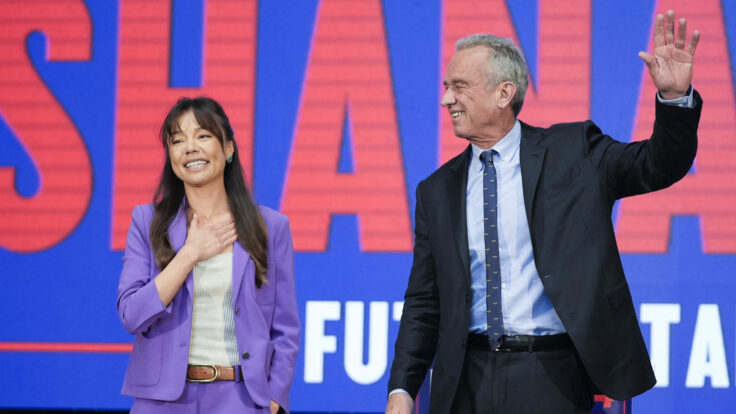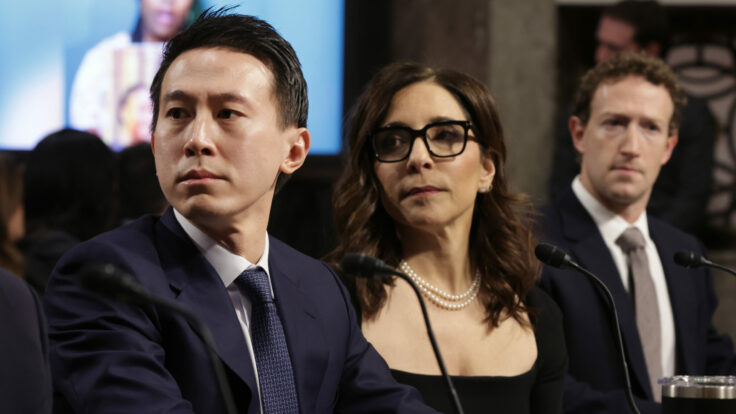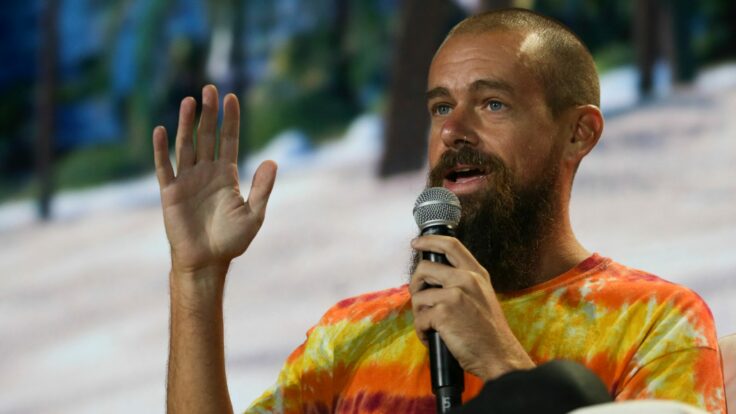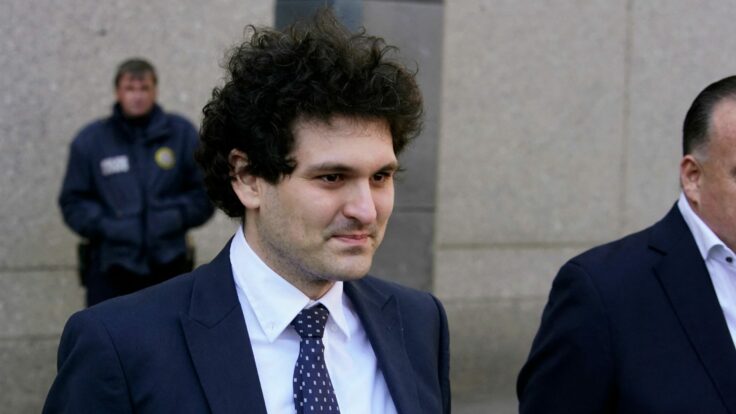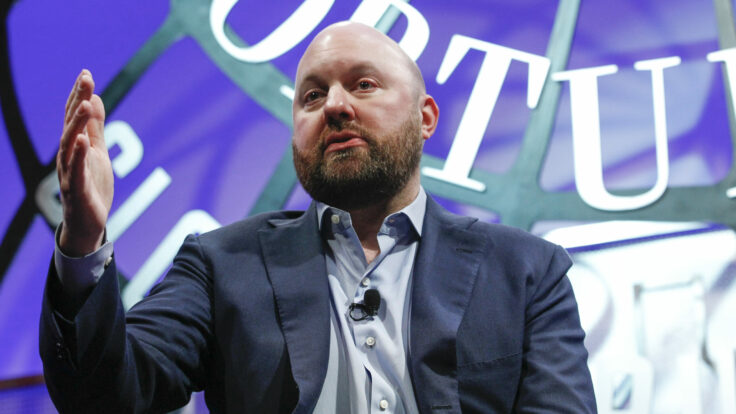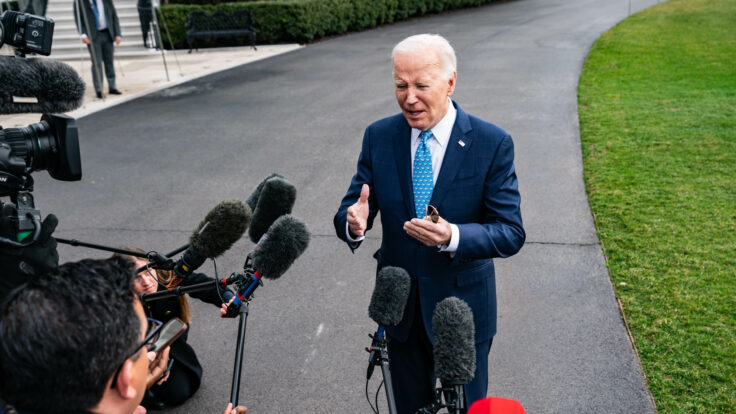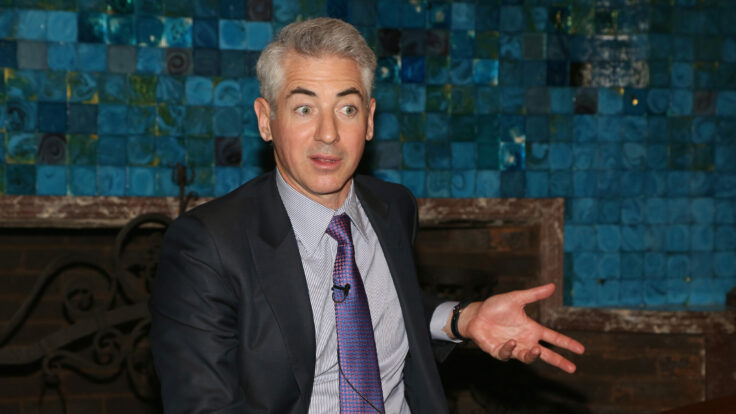There used to be a joke I’d hear around Washington, that everyone in town with an ounce of ambition was, in some way or another, on the payroll of Sam Bankman-Fried. And if you hadn’t figured out how to get on the gravy train, well, that was on you. Like all good jokes, there was more than a kernel of truth to all of it: I’ve covered the S.B.F. political machine as closely as anyone over the last few years, and I still encounter new names of lobbyists who were secretly on Sam’s retainer, of data savants who found a way into D.C.’s greatest donor-fueled growth industry, and amazingly, nonprofits that were moving millions of FTX-connected dollars without a scintilla of public knowledge.
Since last November, of course, any exposure to Sam or his money has been more like a scarlet letter, forcing nearly all of his political aides to lawyer up and play defense against federal investigations and by FTX itself. Which is why I was particularly interested when it emerged that FTX—or rather the carcass of FTX, now led by former Enron bankruptcy executive John Ray III—had expressed its intention in a legal filing to subpoena Gabe Bankman-Fried, Sam’s well-connected and once sneakily powerful younger brother. Gabe, as I reported earlier this month, is under pressure by FTX and its attorneys at Sullivan & Cromwell to comply with document requests and fork over any information pertaining to his work as a political operative and aide for his brother.
